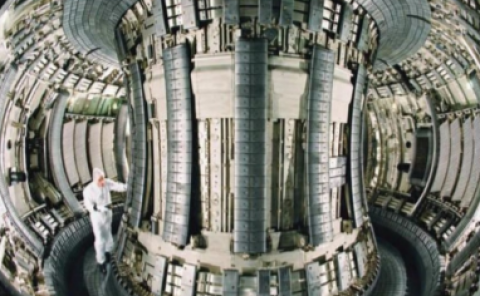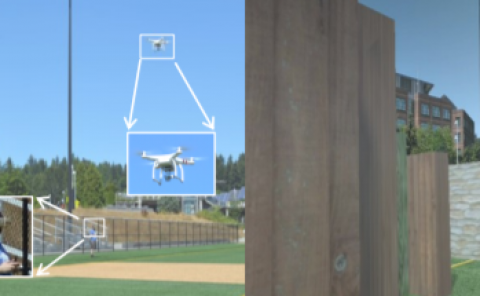Understanding the Effects of Perceived Avatar Appearance on Latency Sensitivity in Full-Body Motion-Tracked Virtual Reality
Note: We don't have the ability to review paper
PubDate:September 2023
TeamsUniversität Regensburg;University of Applied Sciences Upper Austria;Frankfurt University of Applied Sciences,
Writers:David Halbhuber,Martin Kocur,Alexander Kalus,Kevin Angermeyer,Valentin Schwind,Niels Henze
Abstract



